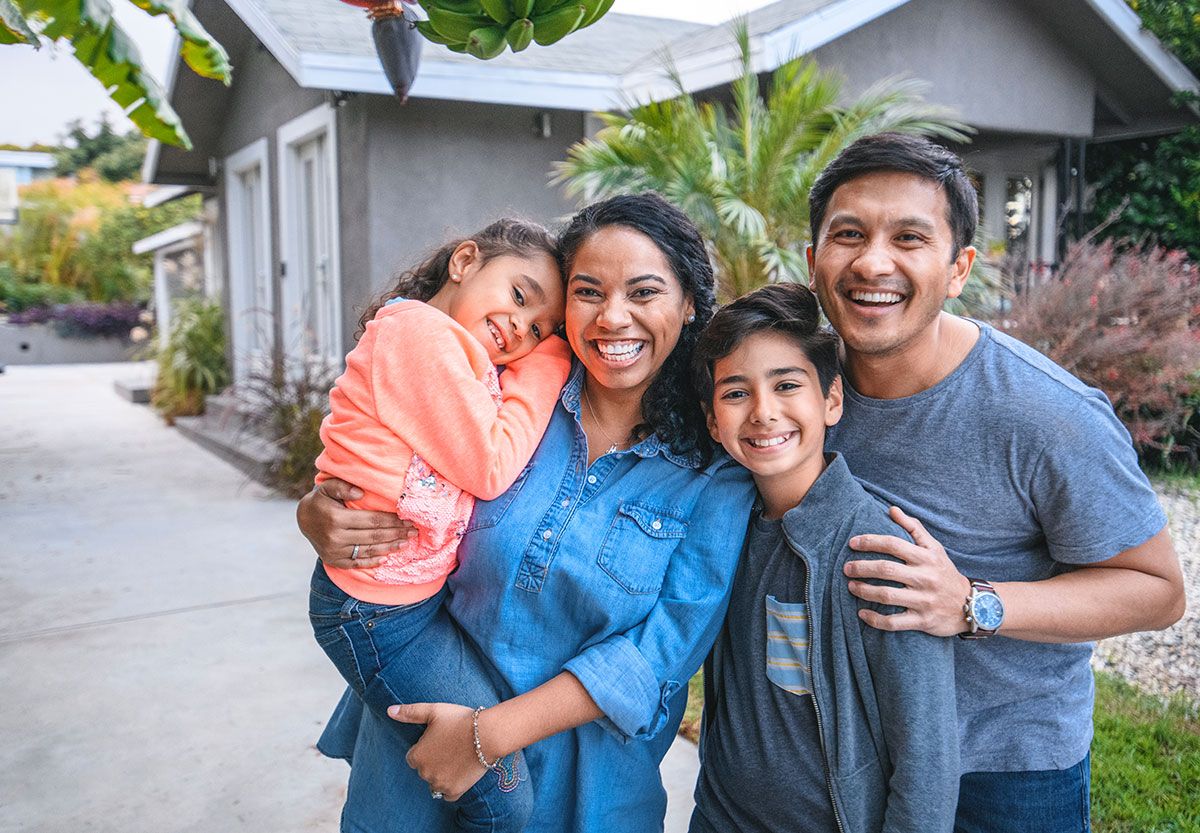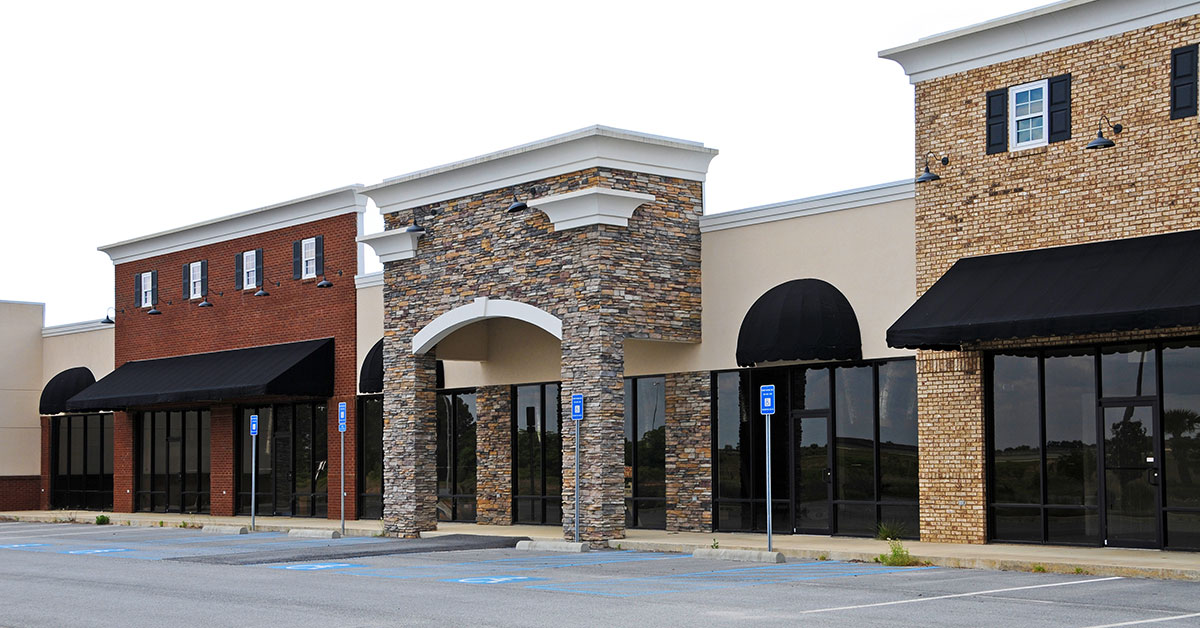
No Closing Costs, What Does it Actually Mean?
Whether you’re ready to buy your first home, upgrade to a bigger home, or you’re looking to take advantage of lower rates and refinance your mortgage, you’re going to face closing costs. It can be discouraging to save money for a home purchase or wait for the right time to refinance, only to be faced with additional costs. That’s where No Closing Cost mortgages come in to play. But, can you really buy a home or refinance your mortgage with no closing costs at all? Let’s take a closer look:
What Are Closing Costs?
Closing costs are a grouping of fees charged to obtain a home loan. These costs are in addition to the purchase price of a home. In general, homeowners can expect closing costs to equal around 2%-5% of the purchase price of the home. Since home prices vary wildly, there’s no national average that is helpful to consider. Instead, if you want to know how much you’ll pay in closing costs, you can use an online calculator, like this one featured in the NerdWallet blog. There can be many fees included in closing costs, but they usually break down into these categories.
- Lender Fees – These are a variety of fees that a lender charges to process and underwrite the loan. They can be grouped together into what’s called an origination fee, or they can be separated as a processing fee and underwriting fee. This cost will vary from lender to lender, so you can shop around and negotiate this fee. Typically, these costs amount to .5%-1% of loan.
- Title Fees – When you purchase a home, an extensive and often labor-intensive search is conducted on the property’s title. Alongside the fees associated with this search, homeowners are typically required to purchase lender and homeowner title insurance, which protects the lender and homeowner from claims made against the title after closing. These fees usually equal .5%-1% of the cost of the loan.
- Insurance Costs and Taxes – Depending on your down payment and lender, you’ll need to pay some insurance and taxes upfront. These can include property taxes, homeowner’s insurance, and mortgage insurance. These fees will vary based on a number of factors and are very specific to each individual loan.
- Additional Costs – Other closing costs include appraisal fees, HOA fees, attorney fees, home inspection fees, and various application costs and fees specific to each type of mortgage. When purchasing a home, some of these fees can be paid by the homeowner selling the home.
How No-Closing-Cost Mortgages Work

A No Closing Cost mortgage is just like it sounds – a type of loan that allows you to avoid paying closing costs upfront. However, closing costs never just disappear, even with a No Closing Cost mortgage. Instead, the fees are paid back in one of two ways:
- You Pay the Closing Costs Over the Life of the Mortgage – With this type of loan, instead of paying closing costs up front, they are added to your monthly payment. This will increase the monthly payment, but help reduce the amount of money you’ll pay out of pocket when purchasing or refinancing a home.
- Your Lender Pays the Closing Costs – In some cases, the lender will pay the closing costs. In exchange, you might have higher interest rates over the life of the loan, but you won't have to worry about the extra costs. In a similar way to paying the closing costs over the life of the loan, this will increase your monthly payments.
The Advantages and Disadvantages of Having No Closing Costs

If you’re purchasing a home, there’s a lot to consider, and you’ll need to pay some money upfront. For first time homebuyers, the new process can be overwhelming and seem like a lot of money to spend all at once. This is why No Closing Cost mortgages exist.
The advantage is that you can potentially move into your home sooner by needing to save less money or take some of the money you’ve saved and invest in home upgrades or improvements. This is really appealing if you’ve just had to make a big down payment. And for those who are refinancing their home, avoiding closing costs means you can look for the best rates and find the perfect time to refinance without having to dig into your savings.
While No Closing Costs loans can save you money upfront, there is one disadvantage: you will have to pay extra money over the life of the loan. This means that No Closing Cost mortgages and refinances come with more expensive monthly payments. But, no matter which way you look at it, you can’t avoid paying closing costs. The question is: do you want to pay them upfront or over the life of the loan?
Learn More About Financing a Home
- Who Qualifies as First Time Homebuyer in Florida?
- How to Qualify for a Florida Mortgage
- How to Avoid Closing Costs
- Can I Get a Mortgage if Self-Employed?
- What is a HELOC and How Does it Work?
- 5 Common Mistakes of Home Buyers









